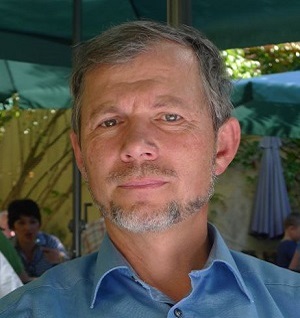
Function Spaces for Fourier Analysis A Fresh Approach and Banach Gelfand Triples
H. Feichtinger
Abstract: This is not a technical, but a conceptual talk, with the goal to describe a mindset that should help to better understand important aspects of modern Fourier and Time-Frequency Analysis. New problems (such as Gabor expansions) require new tools, in our case new function spaces, such as Wiener amalgams or modulation spaces.
It turned out that these spaces, specifically the Fourier invariant Segal algebra S0(Rd) and its dual S*0(Rd) (endowed with the w* topology) also provide a much more convenient tool for the description of the Fourier transform than classical Lp-theory. At can be developed without reference to the theory of tempered distributions developed by Laurent Schwartz, but is in fact a (simplified) version of it, sufficient for most engineering applications. Therefore we call members of S*0(Rd) mild distributions.
It can be used to derive key results, like the Shannon Sampling Theorem or the description of linear, time-invariant systems as convolution operators by some impulse response (or via a transfer function on the Fourier transform side). The setting of mild distributions allows correctly to handle Dirac combs, discrete periodic measures, or Lp-spaces on an equal footing and shows how to (correctly) turn typical heuristic statements found in books on Fourier analysis into correct claims, using distributional convergence (resp. w*-convergence) inside of S*0(Rd).
Thus the setting of the Banach Gelfand Triple (S0,L2,S*0)(Rd) appears to be the appropriate setting for all this, because it allows to justify mathematically what engineers and physicists are doing, but also because it can be used to support computational schemes. Finally the setting grew out of long-standing attempts to develop a theory of extended Fourier transforms over LCA groups.
The talk comes with a number of illustrations, showing via suitable pictograms for the different function spaces what the correct inclusion relations are between them. At the technical level we only need basic functional analysis and a bit of group theory.
Please take it as a showcase for an extensive new landscape, allowing you to take just a glimpse into a novel approach to what I call Conceptual Harmonic Analysis (more then Abstract + Numerical Harmonic Analysis).


